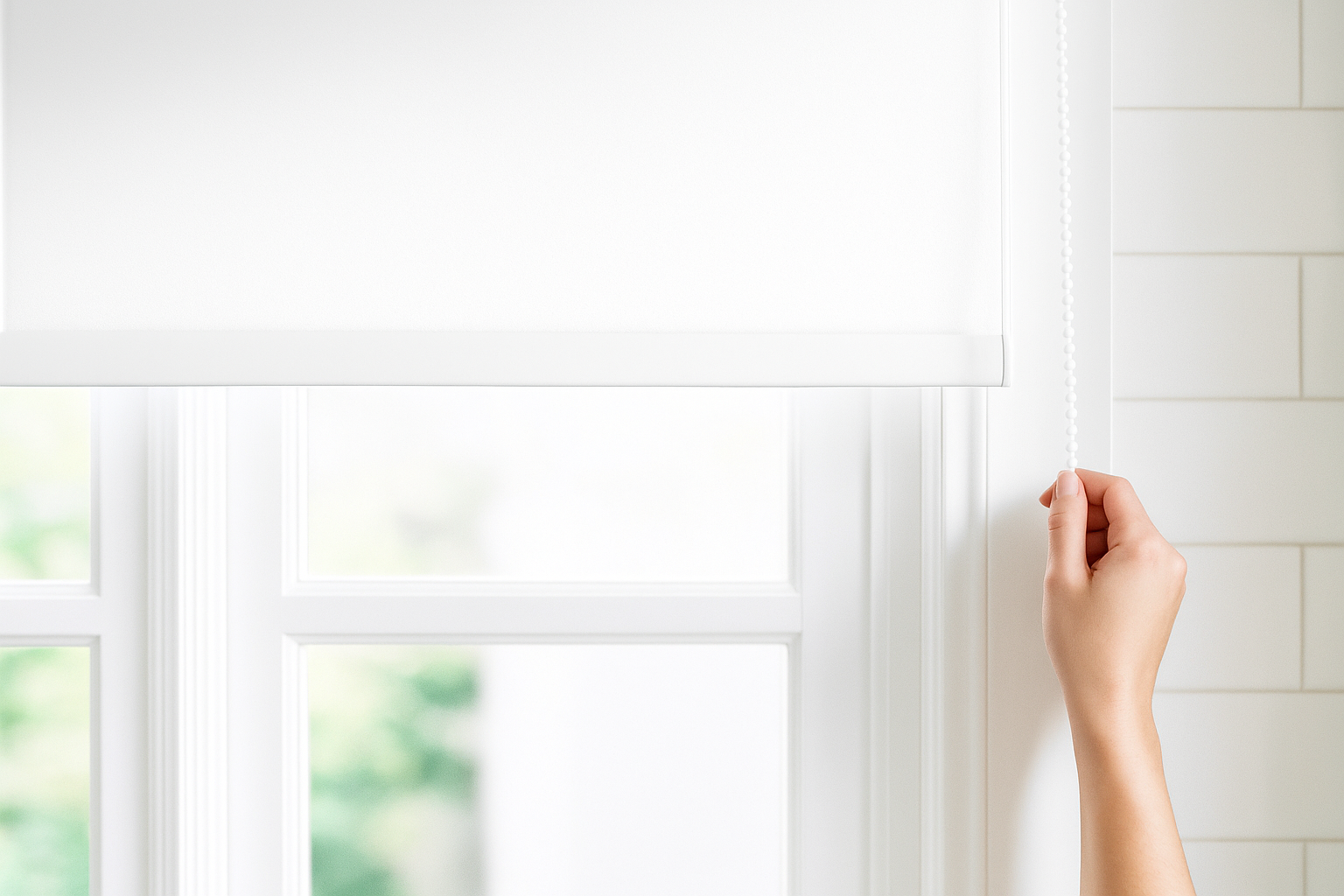When it comes to controlling light and privacy, choosing the right shade makes all the difference. But there’s often confusion between blackout shades and room-darkening shades. While they sound similar, the difference lies in how much light they actually block, and where each type is best used.
True Blackout Shades
In the industry, there is only one true blackout shade: the Draper Lightbloc System, which achieves 100% blackout. These shades are designed with side and sill channels that eliminate all light penetration.
Because of their precision and total light exclusion, true blackout shades are rarely needed in residential spaces. They’re typically used in commercial environments such as presentation rooms, laboratories, or for homeowners who work night shifts and need total darkness during the day.
Room-Darkening Shades
Most homeowners who ask for “blackout” shades actually need room-darkening ones. These shades use opaque fabrics that block most light but still allow minimal leakage around the edges. While side channels can reduce this, some light will always find its way through.
Best for: Bedrooms, nurseries, and media rooms… anywhere you want substantial darkness but not complete blackout.
Popular styles: Roller shades, cellular (honeycomb) shades.
Semi-Opaque and Light-Filtering Shades
If you prefer natural light without glare, semi-opaque fabrics are a great choice. They let soft, filtered light through while maintaining privacy, making them ideal for living rooms, dining areas, and kitchens.
Keep in mind that any window treatment that tilts or opens (such as blinds or certain shades) will naturally allow light to leak around the slats or tilt points.
Choosing the Right One
When deciding between blackout, room-darkening, and semi-opaque shades, consider your space, lifestyle, and how much light control you truly need.
The experts at Blinds Plus & More can help you choose the right combination of fabric, style, and light management to create a comfortable, functional space that fits your needs perfectly.

